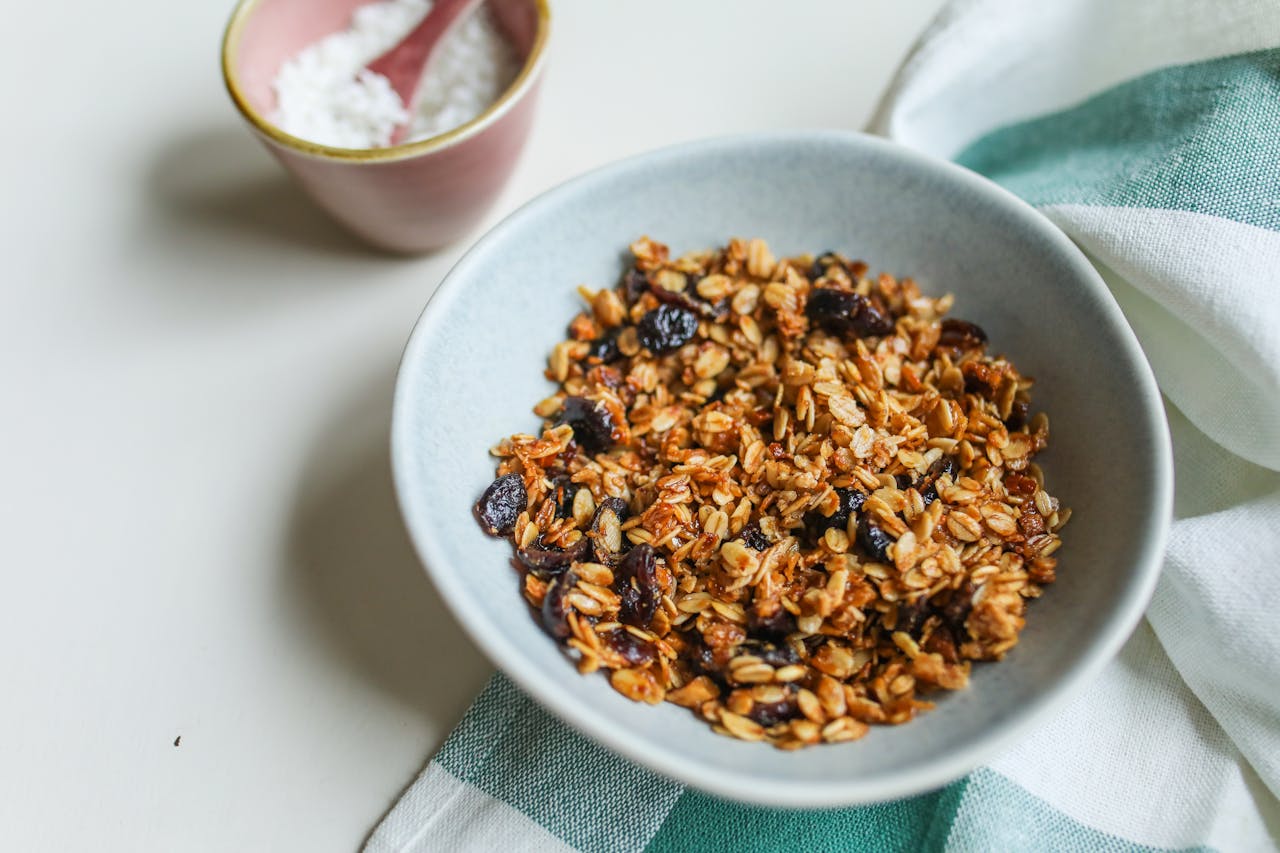Oatmeal sits on the breakfast throne for many, hailed for its health benefits and versatility. But as we take a closer look, questions arise about its true nutritional value. Is oatmeal the wholesome choice we’ve always thought it to be, or are there hidden drawbacks to this popular breakfast option? Let’s dive into the world of oatmeal to uncover its nutritional profile, potential pitfalls, and how to enjoy it healthily.
Exploring Oatmeal Varieties: Beyond the Basics

Image generated by AI
Not all oatmeals are created equal, and understanding the different varieties can elevate your breakfast game to new heights. From steel-cut to instant, the type of oatmeal you choose not only affects the texture and cooking time but also impacts its nutritional content. Steel-cut oats, for instance, offer a chewier texture and a slightly nuttier flavor compared to their rolled or instant counterparts. They also boast a lower glycemic index, meaning they digest more slowly, providing a steadier source of energy and keeping you full longer.
Rolled oats, meanwhile, are slightly processed to reduce cooking time, yet they retain most of the nutritional benefits of steel-cut oats. Instant oats, the most processed variety, offer convenience at the cost of texture and sometimes nutritional value, often coming pre-packaged with added sugars and flavors.
Choosing the right type of oatmeal allows you to balance convenience with nutritional benefits. For a wholesome breakfast, start with plain steel-cut or rolled oats and add your own toppings for flavor. This way, you control the sugar content and boost the meal’s nutritional profile with fruits, nuts, and seeds.
Nutritional Benefits

Image via Pexels
Oatmeal shines as a nutritional powerhouse. It’s loaded with essential vitamins and minerals like folate, copper, iron, zinc, and B vitamins, making it a balanced meal option. The presence of beta-glucan, a fiber acclaimed for heart health, sets oatmeal apart. This fiber not only supports cholesterol levels but also aids in digestion and prolongs satiety. With high protein and fiber content, oatmeal stands out among grains as a source of sustained energy and well-being.
Toppings: A Blessing and a Curse
The adaptability of oatmeal is both its greatest strength and its Achilles’ heel. Its naturally bland taste invites a plethora of toppings, from nutritious fruits and nuts to sugar-laden syrups and sweets. The choice of toppings can dramatically affect the nutritional value of your oatmeal, transforming it from a health food to a sugary snack. The trick is to choose wisely, opting for natural sweeteners and nutrient-rich additions.
Potential Drawbacks
Despite its benefits, oatmeal isn’t perfect. For some, it can lead to bloating and gastrointestinal discomfort, particularly for those with sensitive stomachs or conditions like irritable bowel syndrome. Additionally, the way oatmeal is prepared and consumed can tip the scales from a low-calorie meal to a high-calorie indulgence, especially with excessive sweeteners or high-calorie toppings.
Mindful Eating Tips

Image generated by AI
To harness the benefits of oatmeal without falling into common traps, mindfulness in preparation and consumption is key. Opt for whole, fresh toppings like fruits to enhance flavor naturally and be cautious of portion sizes to keep calorie intake in check. Remember, the healthfulness of oatmeal largely depends on how it’s served.
Verdict on Oatmeal
In conclusion, oatmeal remains a commendable choice for a nutritious breakfast when consumed in its whole form and with healthy toppings. Its nutritional benefits, particularly for heart health and satiety, make it a worthy staple in a balanced diet. The secret lies in mindful preparation and enjoying oatmeal in moderation, ensuring it remains a hero in your breakfast lineup.




